Regulatory Support and Frameworks
The establishment of supportive regulatory frameworks is crucial for the advancement of the 3D Bioprinting Market. Regulatory bodies are increasingly recognizing the potential of bioprinting technologies and are working to create guidelines that ensure safety and efficacy. This regulatory support is essential for fostering innovation while maintaining public trust. As regulations evolve, they may facilitate faster approval processes for bioprinted products, encouraging companies to invest in research and development. The presence of clear regulatory pathways could potentially lead to a more robust market environment, allowing the 3D Bioprinting Market to flourish as it aligns with safety standards and ethical considerations.
Rising Demand for Organ Transplants
The increasing prevalence of chronic diseases and organ failures has led to a heightened demand for organ transplants. The 3D Bioprinting Market appears poised to address this critical need by enabling the production of bioengineered organs and tissues. According to recent estimates, the number of patients awaiting organ transplants continues to rise, with thousands on waiting lists. This situation underscores the urgency for innovative solutions, such as 3D bioprinting, which could potentially reduce the dependency on donor organs. The ability to create patient-specific organs may not only enhance transplant success rates but also alleviate the burden on healthcare systems. As the technology matures, the 3D Bioprinting Market is likely to witness substantial growth driven by this demand.
Advancements in Bioprinting Technologies
Technological innovations in bioprinting techniques are significantly transforming the 3D Bioprinting Market. Recent advancements, such as the development of more sophisticated bioinks and improved printing resolutions, have expanded the capabilities of bioprinting. These innovations enable the creation of complex tissue structures that closely mimic natural biological environments. Furthermore, the integration of artificial intelligence and machine learning into bioprinting processes is enhancing precision and efficiency. As a result, researchers and medical professionals are increasingly adopting these technologies for applications in drug testing, regenerative medicine, and tissue engineering. The continuous evolution of bioprinting technologies suggests a promising future for the 3D Bioprinting Market, with potential applications across various sectors.
Growing Investment in Regenerative Medicine
The surge in investment directed towards regenerative medicine is a pivotal driver for the 3D Bioprinting Market. As stakeholders recognize the potential of bioprinting in creating functional tissues and organs, funding from both public and private sectors has increased. Reports indicate that investments in regenerative medicine have reached billions, reflecting a strong belief in the transformative power of these technologies. This influx of capital is likely to accelerate research and development efforts, leading to breakthroughs in bioprinting applications. Consequently, the 3D Bioprinting Market stands to benefit from enhanced resources, fostering innovation and facilitating the commercialization of bioprinted products.
Increasing Applications in Drug Development
The application of 3D bioprinting in drug development is emerging as a significant driver for the 3D Bioprinting Market. By enabling the creation of tissue models that closely resemble human physiology, bioprinting offers a more accurate platform for drug testing and development. This capability is particularly valuable in reducing the reliance on animal testing and improving the predictability of drug responses. As pharmaceutical companies seek more efficient and ethical methods for drug development, the adoption of bioprinted models is likely to increase. This trend suggests a promising trajectory for the 3D Bioprinting Market, as it aligns with the evolving needs of the pharmaceutical sector.
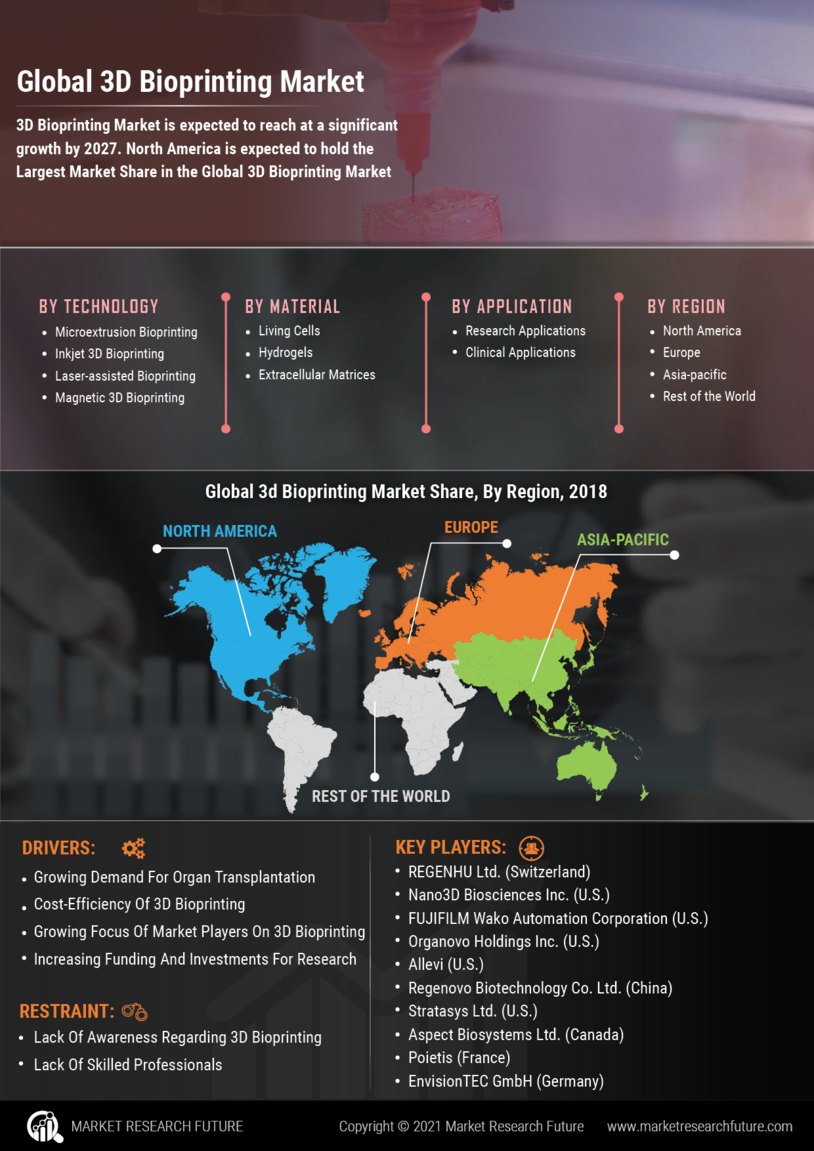

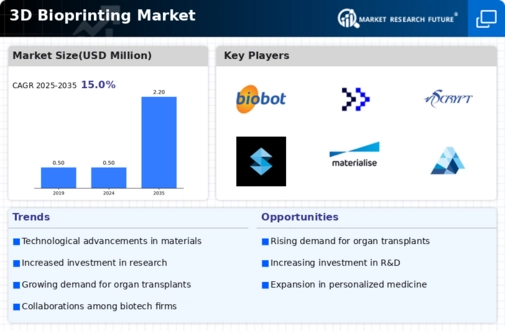
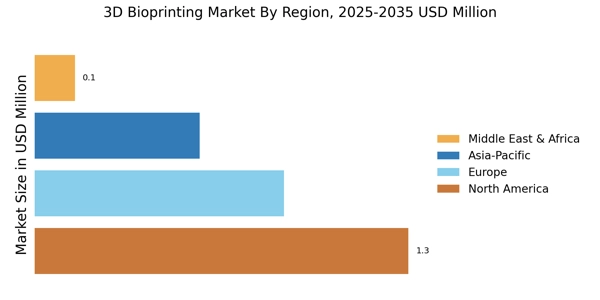



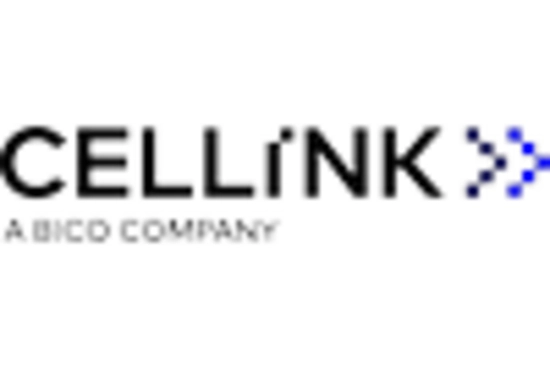
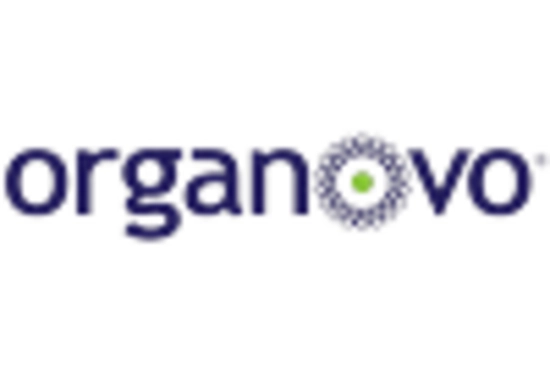
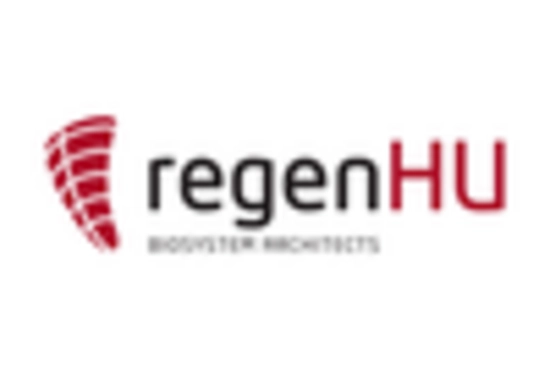








Leave a Comment